[Editor's note: A version of this story appears in the September 2020 issue of Oil and Gas Investor magazine. Subscribe to the magazine here.]
Call it an act of God, bad timing or an inability to read the room—the shale class of 2020 never knew what hit it, and that was the problem.
First came what pool hall players call “rearranging the furniture,” with OPEC’s price war making a mad scramble of the balls on the green felt. Then the pandemic, which the French might refer to as a coup de foudre—an unexpected event as shattering as a bolt of lightning.
Despite the clear threats posed by OPEC and the pandemic, much of the industry didn’t react until oil prices began spiraling out of control.
The calamitous events of the winter and spring had, by March 8, dug a deep hole for U.S. producers. OPEC and Russia may have wielded the shovels as they cranked up production, but the pandemic might as well have been a backhoe.
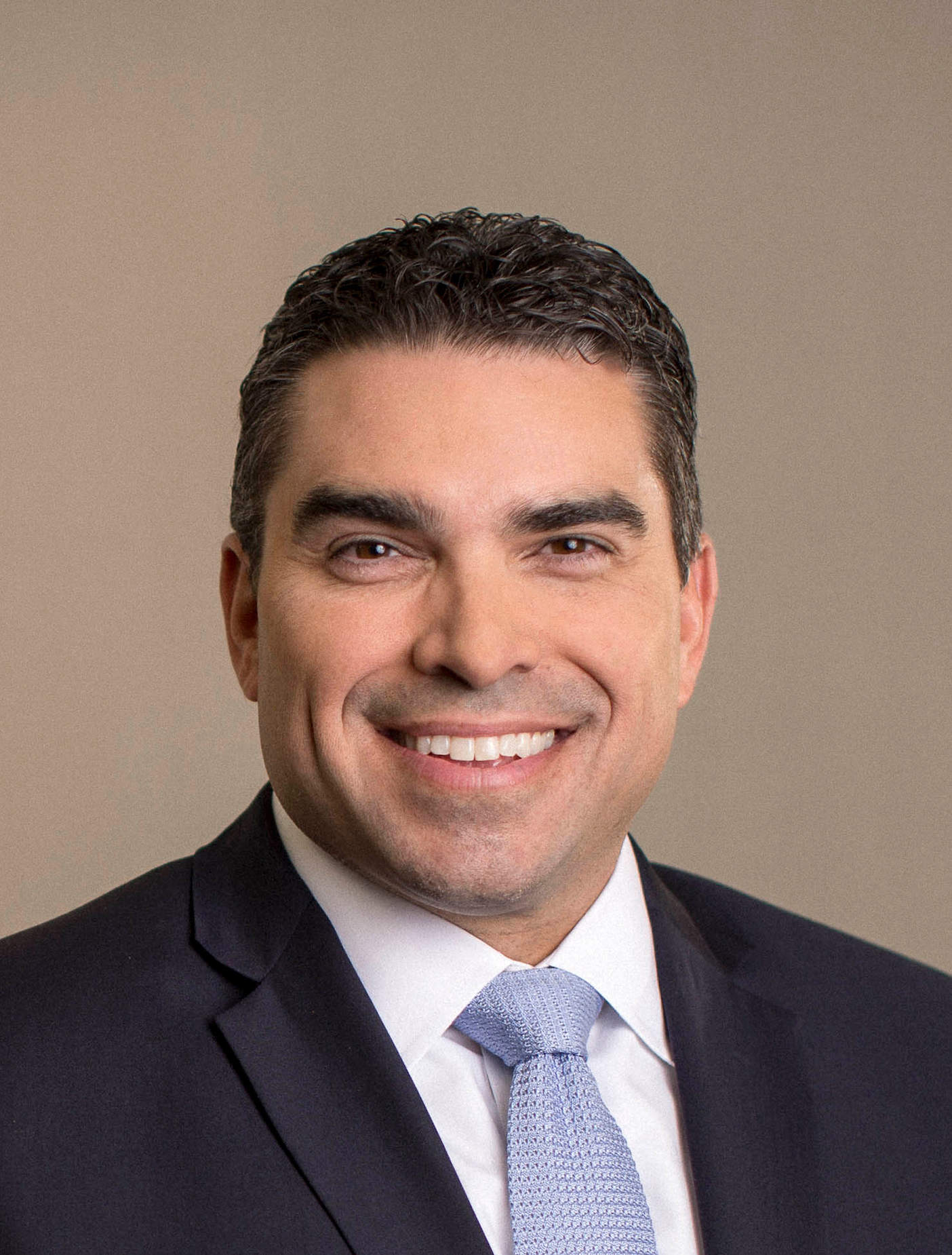
After years spent pining for a revival—a sort of Great Awakening of oil prices—those hopes evaporated on April 20. That day, WTI crude sank to an almost unfathomable price of -$36.98 and spent the next 27 days below $30/bbl.
Clay Gaspar, president and COO of WPX Energy Inc., said prices have stabilized enough to give the company confidence in what comes next. He said the company is on firm footing after weathering the worst of the oil declines, at least so far.
“I think back to the day that oil traded in the negative range. Maybe that would be the deepest, darkest day. So we have recovered to the point where we’re kind of in a low $40s price environment,” he said.
Through July, WTI spot prices are averaging $37.19, the lowest average price since 2004, when oil opened the first seven months of the year averaging $37.46/bbl. Last year’s nearly $57/bbl, by contrast, seems like a fairy tale.
WPX and its peers initially found themselves in stasis, like a patient in a medically induced coma. As they slowly begin to wake, they saw that shale is unlikely to return to the same width and depth of 2019. Instead, analysts and industry observers say, companies are likely to be winnowed down from the dozens to, ultimately, as few as 10 or 15 independent companies. These surviving companies will control profound inventory, a prudish attitude toward debt and a patient eye for consolidation.
All oil and gas activity depends on price, but current prices and oil futures simply cannot support a case for robust drilling by oily E&Ps. In contrast to the 15% (or more) oil production increases of 2019, flat is the new growth. Many E&Ps are aiming for either stable production or moderate increases well into 2021 and perhaps beyond.
Companies are likely to proceed cautiously, first by reversing their self-imposed production curtailments, then working on DUCs where they’ve already sunk money.
But adding rigs, for most companies, is still a far off and hazy prospect, like a math problem missing a variable. After a rig count that’s gone, year to date, into a 70% uncontrolled descent, most companies need not only higher oil prices but also enough capital to hoist rigs back up.
Demand for oil remains weak. For 2020, the International Energy Agency (IEA) has forecast a 7.9 MMbbl/d-decline in oil demand. Bernstein Research, factoring in additional COVID-19 outbreaks, sees global oil demand contracting by 8.3 MMbbl/d.
Even as inventories appear to have peaked in the second quarter, shale producers are doubtful to return to pre-COVID-19 form in any meaningful way this year and likely not the next either. Rather, a crop of E&Ps seemed to have capitulated by the time they released their second-quarter earnings reports. Companies such as WPX, Pioneer Natural Resources Co., Diamondback Energy Inc., Devon Energy Corp. and Occidental Petroleum Corp. have started to “shift aggressively toward more returns and less growth,” Devin McDermott, an analyst with Morgan Stanley, said in an Aug. 5 report.
More pointedly, excess capital will be focused away from reinvesting in the business and instead on paying debt and generous dividends.
More pointedly, excess capital will be focused away from reinvesting in the business and instead on paying debt and generous dividends.
“As oil and gas producers report historically weak earnings results, the industry has reached a turning point,” McDermott said.
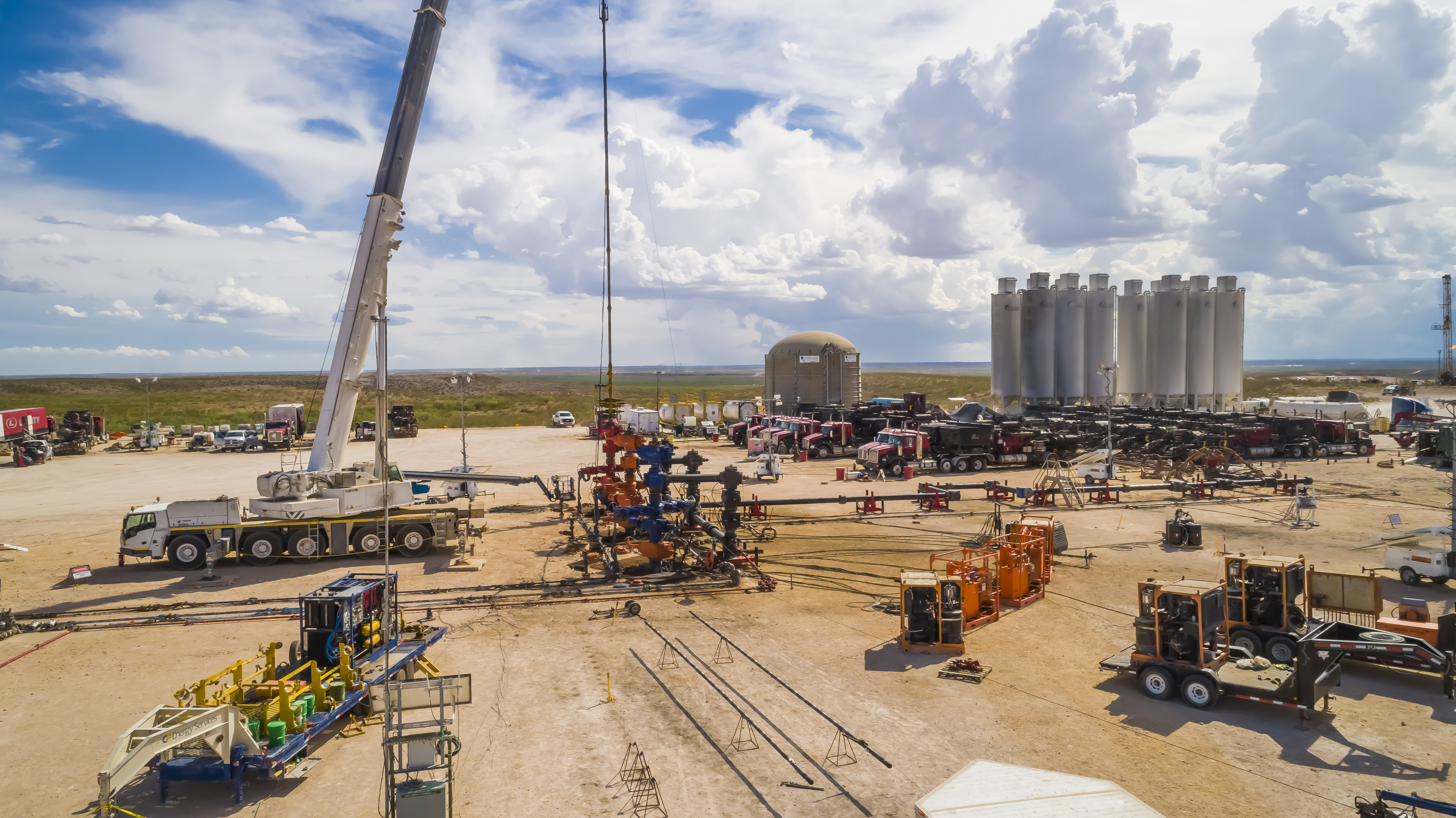
Reactivation fees
As COVID-19 swept the land earlier this year, WPX raced to downshift from what Gaspar calls “third gear to second” and then “first gear to zero.”
WPX wasn’t immobilized. But it wasn’t moving, either. The company went from operating 15 rigs to nine, laying down five in the Permian and one in the Williston took a frac holiday. The remaining rigs kept running because of the company’s careful plan of hedging and the strength of its balance sheet.
In the second quarter, the company even showcased its progress on the 58,500 net-acre Delaware position it acquired in February from Felix Energy for $2.5 billion. WPX completions have outperformed Felix completions by 35% in the first 50 days of production. WPX completion expenses were also down a remarkable $280,000 compared to Felix. The company’s Permian well costs are also down 35% since 2018.
But like all oil and gas companies, WPX is mortal. The company withdrew capital and production in the face of the pandemic’s oil demand destruction. WPX’s projected 2020 capex has since been slashed by $640 million, or about 37%.
The company’s previously forecast midpoint oil production of 160 Mbbl/d in the second quarter shrank to an actual total of 123.7 Mbbl/d. Weighted second-quarter sales price $21.85/ bbl illustrated the extent of duress in the market.
Now, WPX is proceeding with caution as prices have stabilized around $40/bbl.
At $40 per barrel, WPX estimated in July that it would generate $200 million in free cash flow for the year.
WPX and other independent producers aren’t alone in questioning when to return rigs to the field. But the stark reality facing most oil and gas companies is that they cannot make money in the current environment, said Benjamin Shattuck, Wood Mackenzie’s Americas Upstream Oil & Gas research director.

For much of the U.S. shale oil and gas sector, prices in the low $40s are unsustainable for any meaningful activity. “You probably need mid-$50s for the industry to sustain itself,” Shattuck said. “Now that doesn’t mean that the industry can’t weather another 12 or 18 or 24 months, depending on the operator. But in terms of resuming shut-ins, most of the short run costs are covered onshore below about $35, $38 a barrel. And most of it’s founded in the mid-$20s, which is why you’ve never seen shut-ins before, when we’re in that $30 range.”
WTI spot prices in July approached but never exceeded $42/bbl and, for the month, averaged $40.73. The outlook for next year looks equally grim. In early August, forward price contracts were mired in a $40 to $45 range for WTI. In early August, 2021 oil futures were trading at $43.80/bbl and look to climb to just $0.95 higher in 2022, according to KeyBank National Association.
Shattuck said that oil prices are now above the threshold that companies need to restore curtailed production, but rigs remain out of reach.
“In terms of working off the drilled but uncompleted backlog, you know, it depends on the area, but you’re $7 to $15 a barrel lower,” he said.
Completing DUCs also becomes possible, although many companies would simply be breaking even at $40.
“The bottom line is the companies are telling us if it’s enough or not. Right now, the prices that we’re seeing are somewhere around $40,” said Elena Nikolova, senior analyst for U.S. Lower 48 supply at Wood Mackenzie. “It’s enough to reverse containment, we suspect, and we assume it’s enough to start completing some depths. But in terms of new drilling, you’re going to have to see a higher outlook over a sustained period of time.”
Gaspar said prices would have to reach $50/ bbl to $55/bbl “to get us to a confidence level to essentially restore activity to where we were before.”
As the pandemic set in, WPX began to cut back on operations, though “not quite as aggressively as some of our peers,” Gaspar said. “So [with] our ability to maintain our production rates and then being able to grow back in at the right time, I think we’ll have a couple of steps ahead of many of our peers.”
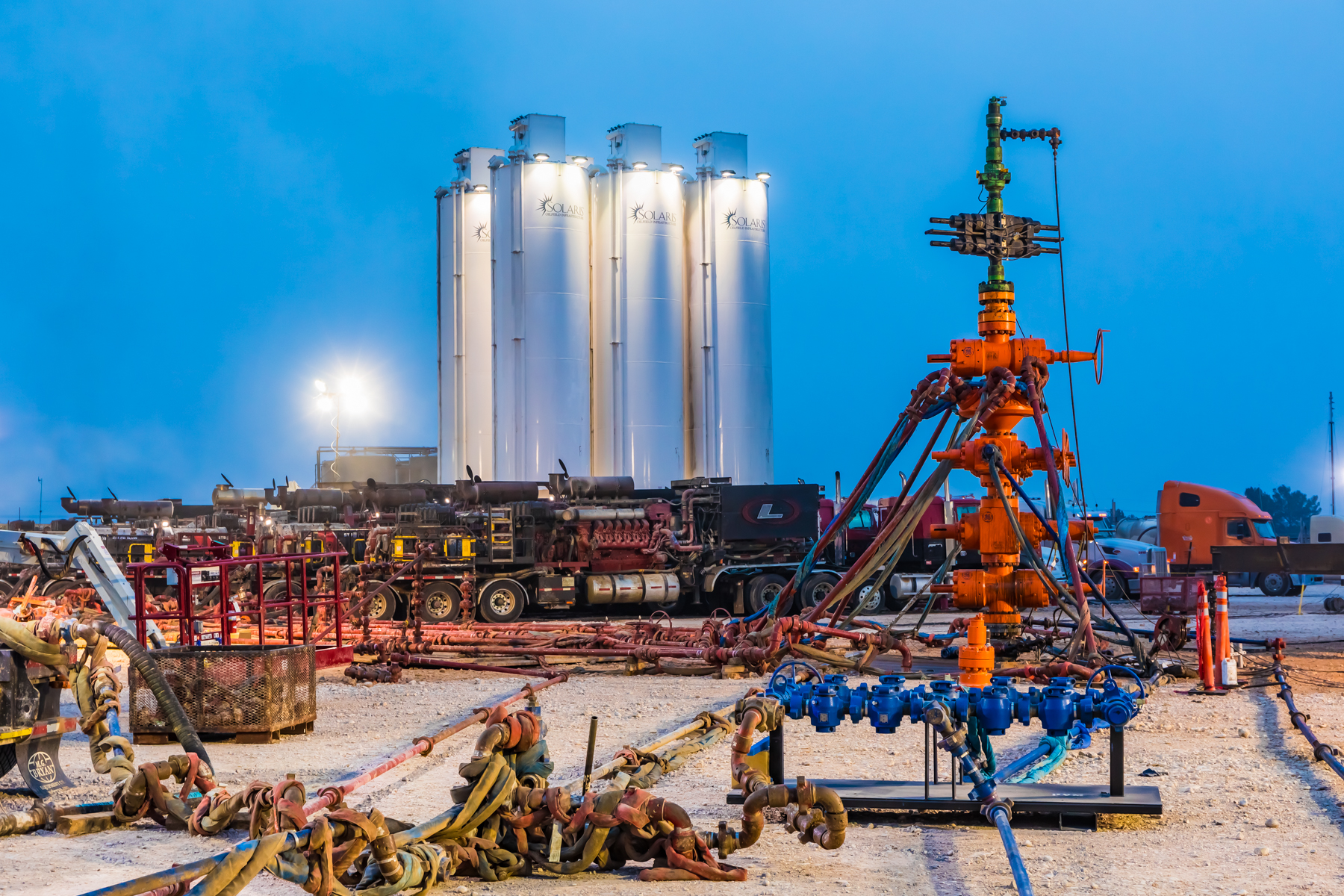
Gaspar said reactivating all of the moving parts of WPX is based on three tiers of decision making, including full cycle drilling that requires the highest level of capital and commitment. The second level is completing wells that have already been drilled.
“You already basically have half of the capital on the ground. It’s a sunk cost. And the economics are usually very compelling even at relatively low prices,” he said.
The third tier is one that seldom ever comes up: curtailment. WPX slowed down production because commodity prices fell so low that even already completed and running wells weren’t economic.
“So we cycle through each one of those spaces in very, very short order,” he said. “On the front end of March, early April [we were] really trying to figure out, ‘Where’s this whole thing going to shake out?’” WPX saw storage filling up and began looking at the implications of dropping rigs and completion crews and curtailing existing production.
June appears to have been the worst of the downturn, after which WPX management thought they would “be able to see the other side.” Now, the company is unwinding in reverse order, first with curtailments.
“We seem to have some stability at the $40 range. We’ve checked that first box … [to resume] production that was already drilled and completed,” Gaspar said.
The next hurdle was returning completion crews to the field to complete DUCs, which Gaspar said were largely drilled in the past six months. “In a $40 environment, clearly it’s the right thing for us to do to get that production back online and start generating that very important cash flow to us.”
The company said on its second-quarter earnings call that it is resuming completions and adding frac crews back into operation. However, the rigs that were brushed away remain unlikely to return to the field in the foreseeable future.
“The third box is when do we start adding rigs incrementally to this base plan that we have,” Gaspar said. Elsewhere in the company’s portfolio, legal matters still hang over the Dakota Access Pipeline, which was a factor, though not the primary one, in reducing rigs in the Williston Basin.
“The challenge, just to be completely honest, with our Williston position is the lack of depth of inventory,” Gaspar said. “We have hundreds of wells there, and decades in the other [Felix and legacy] areas. We have literally thousands of well opportunities in the Delaware Basin. And so we need to be thoughtful and disciplined about the cadence of harvesting the remaining assets in the Williston Basin,” Gaspar said.
A single rig in the Williston provides the right amount of output and free cash flow to help fund other basins and generate the returns WPX needs to deliver to investors. WPX intends to pick up speed in the Delaware Basin as it returns to a more active phase. The company has now shifted back from “zero to first, to second and then we’re waiting on that third gear.”
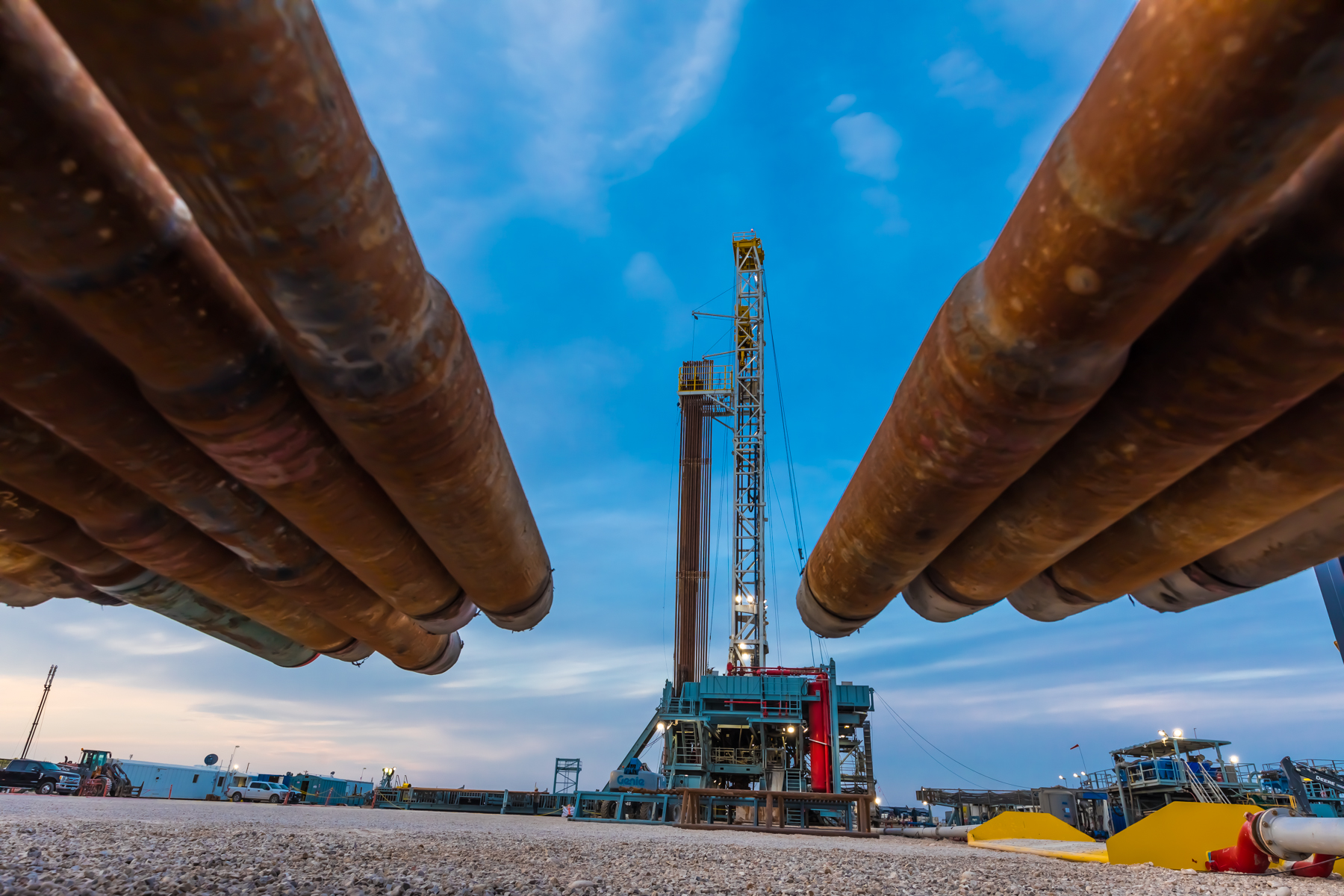
Paradigm shift
In the second quarter, E&P management teams delivered earnings that ranged from painful to appalling. This was understandable, given the whiplash caused by WTI abruptly plunging in April to an average of just $16.55 a barrel. Some company losses were also driven by colossal impairment charges. Across the board, even vaunted, high-quality operators struggled in the second quarter. By the third quarter, many of them were carrying a new playbook.
EOG Resources Inc. reported on Aug. 6 a second-quarter net loss of $909 million, which it attributed to low commodity prices and production volumes partially offset with reduced operating costs. Pioneer, Concho Resources Inc. and WPX all reported losses of at least $400 million.
Other companies were scorched with large-scale impairments, including Occidental, which came out of the quarter $8.4 billion dollars in the red. Likewise, Chevron Corp.’s earnings of $4.3 billion weren’t able to overcome $8.3 billion in impairments and a $1.8 billion drop in commodity prices.
But a paradigm shift was evident in some of those companies and others, which said during earnings calls that growth would not be a driver—or even a front seat passenger in their businesses.
Morgan Stanley’s McDermott noted that Pioneer and Devon both committed to upping shareholder distributions and reinvesting less of their cash flow into operations.
Pioneer president and CEO Scott D. Sheffield managed to deliver $165 million of free cash flow and to generate a total of $600 million for the year. While slashing expenses—including about $1.8 million, or 20%, off wells the company has reoriented itself, he said.
Sheffield, in the company’s second-quarter conference call, said the company will reinvest between 70% and 80% of cash flow into the company while keeping production growth to an annual average of about 5%. While he said the company is “built for 15% growth” in 2019, Pioneer’s oil production increased by about 27%.
The company is slowing growth because the primary motivation should be returning capital to investors, he said. To that end, the company intends to adopt a variable shareholder dividend in 2021, payable in 2022. The company will base its capex on strip prices and hold to its 5% growth rate, even if prices rise.

“Even if it gets to $70 or $80, I just don’t see us changing our policy,” Sheffield said. “We’d have to have such an extreme shortage of crude oil in the world, which I don’t see [happening] in the next three to five years.”
Other CEOs were on a similar bandwagon during earnings calls: hold production flat and pay down debt or shareholders.
Diamondback said it expects further production declines in the third quarter and will continue to run six rigs for the remainder of the year. At the end of March, the company had dropped 14 of its 20 rigs and curtailed 5% of its production. If oil prices remain low in 2021, the company will maintain a maintenance capital scenario and continue to complete DUCs drilled in 2020.
Production growth has, by default, become almost taboo for companies such as Diamondback.
“Certainly, we’re not seeing any signals that growth is needed from Diamondback or from our industry in general,” said CEO Travis Stice. “So, growth in today’s world is pretty much off the table.”
Stice said Diamondback will “lean into” using excess cash flow to maintain its dividend and reduce long-term debt.
Vicki A. Hollub, president and CEO of Occidental, said the company will focus on debt reduction while capex will be designed to keep production flat. “I don’t really see us growing next year,” she said. “I see us optimizing and following our cash flow priorities, which is really the maintenance first.”
Concho chairman and CEO Tim Leach, said July 30 that for most of his three decades in the oil and gas industry, companies would reinvest all their cash flow in operations and then demonstrate success by growing production. “That’s how this industry worked for a long time. That’s not how it’s going to work in the future,” he said.
The focus will now shift to the efficiency of oil and gas as a business—driving down costs, returns and how much total cash flow is reinvested into the business. Those measures will be compared against showing continued growth.
“I also mentioned that I thought our industry as a whole needed to be more aware of price signals and what was going on in the market,” Leach said. “So as we entered this cycle, no one really thought that U.S. shales could grow as much as they did [or] add as much production, and that threw everything out of balance at a really bad time.”
Leach said that as consolidation takes place and producers get their “shops in order,” companies will need to pay closer attention to supply and demand fundamentals globally.
“I think what you’re talking about is lower growth, bigger cash flow distributions [and] less percentage of your total cash flow reinvested into the business,” he said.
Shattuck said that as companies hold production flat next year, “that represents a year-over-year decline. If you get to the end of this year and hold production flat, the new messaging will be promoting production flat is actually year-over-year decline.”
Companies with clean balance sheets will have the best chance at surviving the downturn, provided they only spend 70% of cash flow, delever and pay down debt, he said. Smaller companies that quietly make up a large portion of total operations are more likely looking at restructuring in the future.
“For the most part the playbook is written. Some companies that maybe would have been able to weather the same set of circumstances in ’16 and ’17 even without the additional available capital that they had at that point in time” could have divested assets, Shattuck said. But that market has nearly dried up, leading companies such as Chesapeake Energy Corp. into bankruptcy.
Viva la revolución
Most technological revolutions have naysayers and rivals. Textile machinery in the 19th Century gave birth to vandal-prone Luddites. Early opponents of refrigerators argued they caused cancer and tooth decay. More recently, 5G cellular towers have been targeted by conspiracy theorists/arsonists who see a link between phone service and the coronavirus.
The shale revolution’s adversary has long been OPEC.
The future of the oil and gas sector for the foreseeable future will include two relentless tugs on shale producers: the vast oil producing power of Saudi Arabia and the need to consolidate.
“It’s not about oil. It’s not about gas. It’s about the Saudis,” said David Ramsden-Wood, cofounder of OneEnergy Partners LLC and host of the #hottakeoftheday podcast.

Saudi Arabia is also eager to keep prices deflated, he said.
“The Saudis in my view want to keep oil at $40 because at $40 every E&P becomes a zombie company,” he said. “Shale needs $50 to $60 to be economic full cycle anywhere.”
Steve Hendrickson, president of Ralph E. Davis Associates, an affiliate of Opportune LLP, agreed.
“OPEC is kind of happy in the $35 to $40 market because they are able to watch drilling in the U.S. slow down dramatically,” he said.
In mid-March, Ramsden-Wood argued during a CNBC interview that companies, then facing $20 WTI prices, should shut down production. He was among a few voices predicting that oil prices would hit $0.
“And then oil went to negative $37, so I admit that I was very wrong. It went way worse than I thought,” he said.
Since then prices have recovered, but only to the point where they were when the OPEC-Russia price war began. E&Ps will resume production as a matter of survival.
“To me, there’s really no choice, but every company is going to open up their wells because of $40 [WTI]. They need the cash now,” he said.
Ramsden-Wood said that only larger, financially stable companies will weather the lower prices.
“If they can keep oil at $40, all of their competitors that are highly levered go out of business and into Chapter 7 [bankruptcy] or merge,” he said.
Hendrickson said there’s talk of potentially 254 bankruptcy and restructuring filings in the upstream and oilfield services sectors.
“That was a bit of a surprise to us,” he said. “But this is a problem that probably pushes it to next year as well. It is consistent with my view: The trouble doesn’t all hit at once for every company. Some have greater staying power. [But] 18 months from now, we’ll probably continue to see companies basically as” poorly structured as they are now.
If low oil prices persist, Ramsden-Wood said consolidation and bankruptcy becomes more likely. Since March 23, 29 companies have filed for bankruptcy with $49 billion in debts, according to a July 31 report by Haynes and Boone LLP.
“The U.S. industry … drilled as long as it possibly could, as tight as it possibly could,” he said. “Capital was going away. And the oil industry was in decline.”
Even companies in the Permian will cease operations because “There’s no purpose. They’re running no rigs, not doing completions. They need to sell.” Ramsden-Wood said there will be perhaps 10 E&P companies left in the U.S. at the end of the downturn.
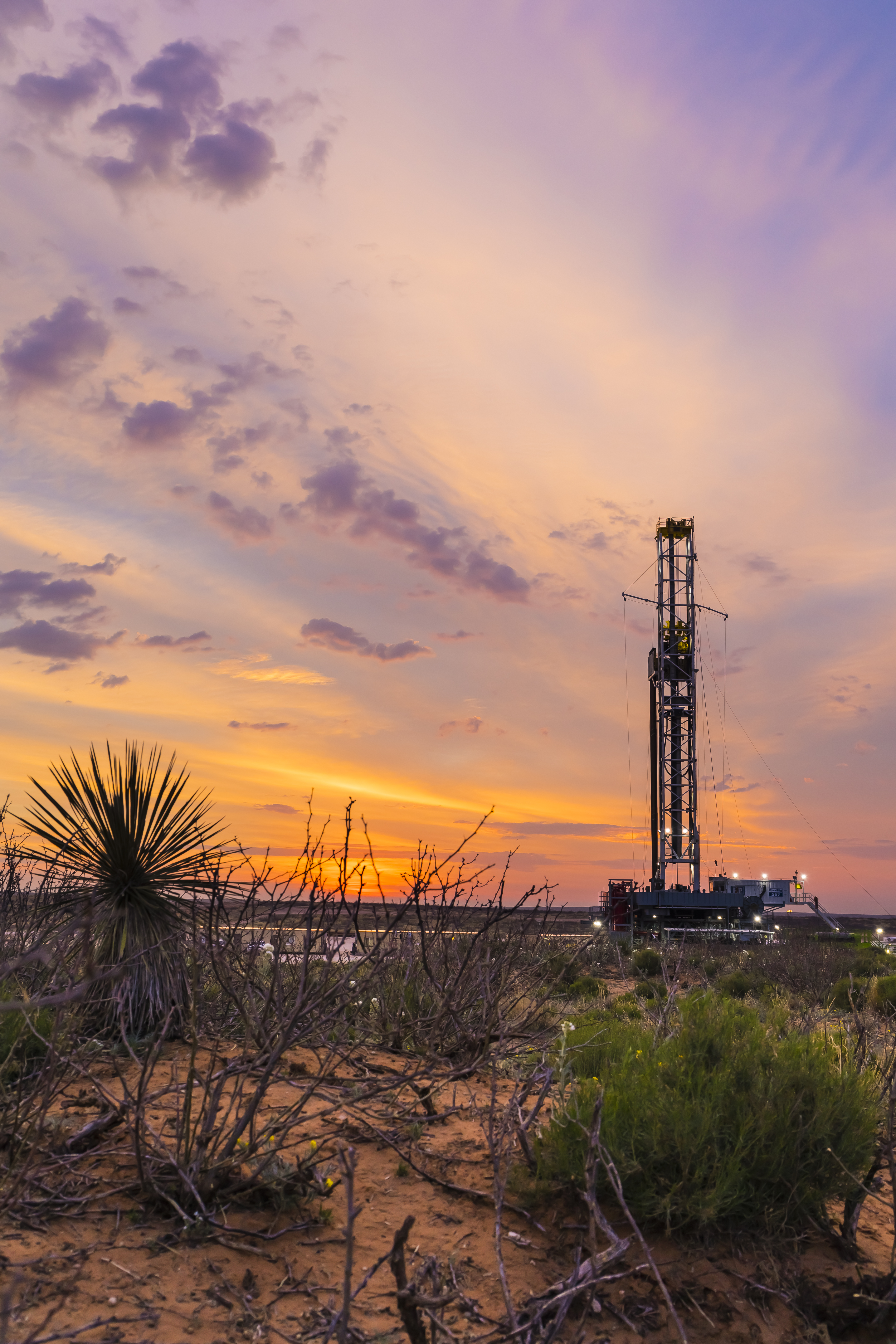
Such views aren’t out of line with other observers. Analysts at Tudor, Pickering, Holt & Co. (TPH) have also said the E&P space needs radical consolidation, a topic they raised in an August report following Chevron’s buyout of Noble Energy Inc. for $5 billion in stock.
“We’ve argued that the [E&P] space needs to consolidate down to 10 to 15 high quality names to offer investors the scale and returns the market is seeking,” TPH said. “But transactions have been hit or miss as [the] industry has narrowed down transaction metrics toward low- or-no premium MOE [merger of equals] deals with clear cut cost synergies.”
In a mid-August filing, Noble said that after running analysis on various commodity price cases through 2029, the company found that Noble would “be unlikely to return to pre-downturn metrics of 1.5 times debt/EBITDA by 2029 even under [a] high case scenario,” Wells Fargo analyst Roger D. Read said.

Also referencing the Chevron-Noble transaction, Shattuck argued that attractive opportunities exist in overlapping acreage as well as midstream infrastructure.
“For the big companies that are not overextended, there’s a countercyclical opportunity here,” he said. He expects larger independents with high credit ratings and low leverage to continue to consolidate.
“Now, there are a lot of challenges to that. It’ll be probably more of a slow burn compared to what we saw with the manic ‘Permania’ M&A a number of years back.”
The year 2020 may well be the Valley Forge of the U.S. shale revolution—a stretch in which the battered Continental Army battled cold and defeat to emerge as a true fighting force.
For now Sheffield sees the road ahead still blockaded by OPEC’s meddling. Sheffield said that he sees some of his peer companies spending the next two- to three years deleveraging because equity markets are closed.
As oil prices fell into the $20s earlier this year, even Pioneer would have felt the pressure after several months, he said.
“We just can’t depend on OPEC long-term,” he said. ”We’ve seen OPEC affect our business model for the entire industry worldwide, in 2014, 2015 and this year. It’s an issue we’re going to have to deal with.”
He added that every company will have to run with the assumption of a lower price case and more and more companies will need to hedge.
Gaspar said it’s not in WPX’s nature to put its head down and ignore the opportunities around the company.
“I am very supportive of industry consolidation, but we’re not going to be desperate. We will stand opportunistically like we’ve done before and look for the right move for us and shareholders.”
Gaspar said he’s flattered that the company is mentioned as a potential, major pickup by another company. “At the same time, that’s clearly not our intention,” he said. For now, the next big challenge for the globe and WPX is a return to activity.
But the economy and demand must return first. “I think we can get back into a full cycle environment,” Gaspar said. “And as you know, there are a lot of question marks on when that exactly happens.”
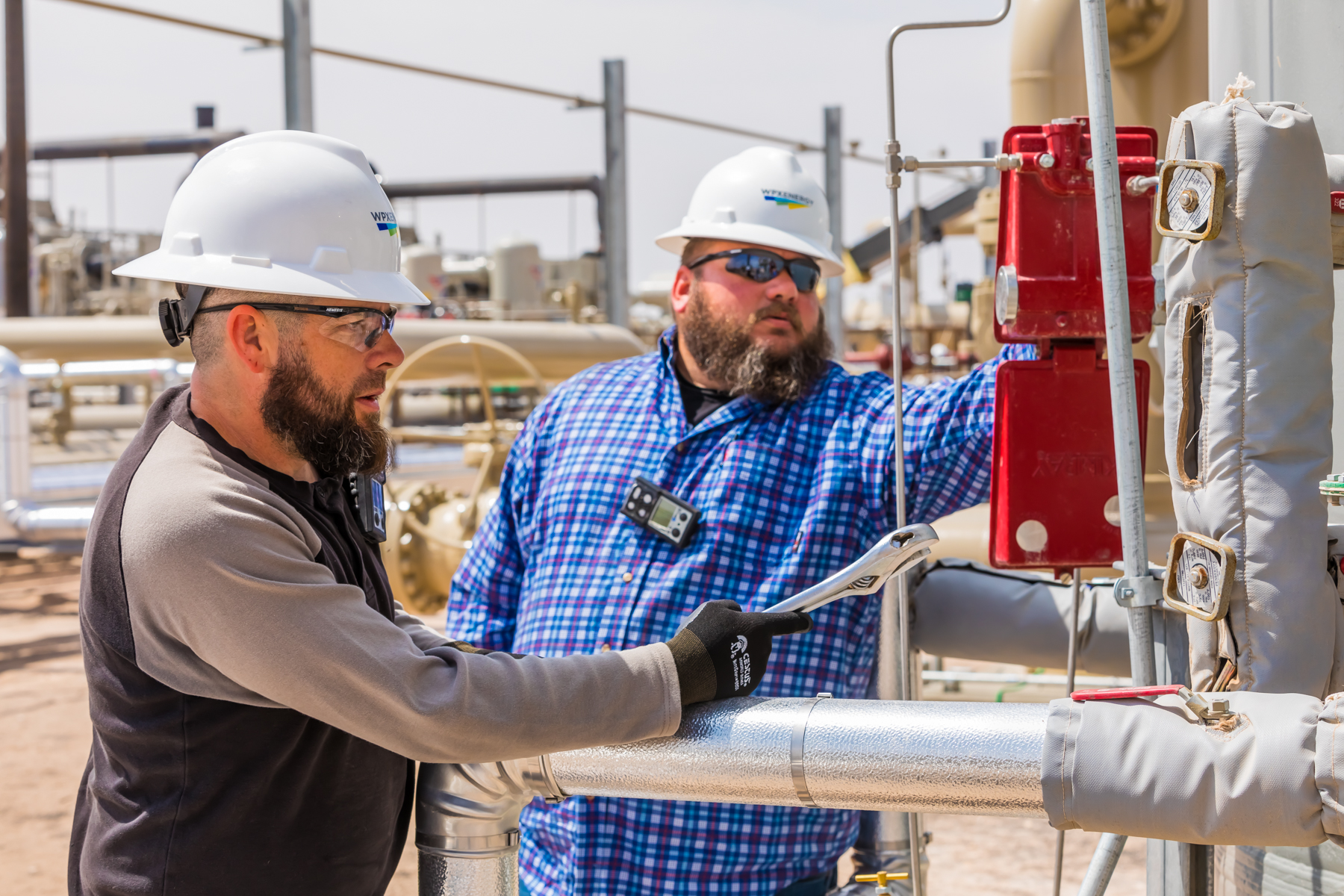
Recommended Reading
Rhino Taps Halliburton for Namibia Well Work
2024-04-24 - Halliburton’s deepwater integrated multi-well construction contract for a block in the Orange Basin starts later this year.
Halliburton’s Low-key M&A Strategy Remains Unchanged
2024-04-23 - Halliburton CEO Jeff Miller says expected organic growth generates more shareholder value than following consolidation trends, such as chief rival SLB’s plans to buy ChampionX.
Deepwater Roundup 2024: Americas
2024-04-23 - The final part of Hart Energy E&P’s Deepwater Roundup focuses on projects coming online in the Americas from 2023 until the end of the decade.
Ohio Utica’s Ascent Resources Credit Rep Rises on Production, Cash Flow
2024-04-23 - Ascent Resources received a positive outlook from Fitch Ratings as the company has grown into Ohio’s No. 1 gas and No. 2 Utica oil producer, according to state data.
E&P Highlights: April 22, 2024
2024-04-22 - Here’s a roundup of the latest E&P headlines, including a standardization MoU and new contract awards.






